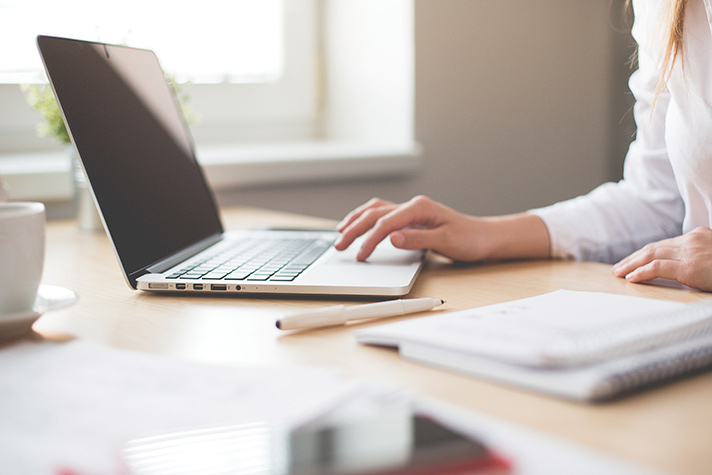On Real Estate & More – April 2021
If you are in the process of buying a house, you will see there are a variety of factors that make up a home’s level of affordability; it’s not just the purchase price, but also interest rate, taxes, maintenance costs and any other expenses associated with purchasing and living in a home.
While a home might initially seem to be within your price range, these additional factors could push it out of the range of what is affordable for you. This is especially true when it comes to your mortgage interest rate.
Both the purchase price and the interest rate on your loan both play a vital role in determining how much money you will spend on your home for as long as you live there—or at least until you’re done paying off your mortgage.
Most home buyers who get a loan to finance their purchase need to put down a certain percentage of the sale price. The standard is 20% down if you’re looking to avoid private mortgage insurance; however, the median down payment for buyers is 12%, according to the National Association of Realtors. On a conventional loan, it’s possible to go as low as 3%.
When considering how much home you can afford, it’s important to think about how much cash you have to put down. If you put 12% down on a home that costs $200,000, you’ll need $24,000 to close. If that house costs $250,000, you’ll need $30,000.
Both the price of the home and the mortgage interest rate will affect the size of your monthly mortgage payment. Excluding taxes and insurance, your monthly mortgage payment is made up of two basic elements: principal and interest. Principal is the initial amount you borrowed, and interest is the amount you are charged for borrowing the money.
It might seem obvious how the price of a home will impact the amount you pay each month, but you may not realize how much your mortgage interest rate can impact this as well.
An example is if you get a 30-year fixed-rate mortgage for $200,000 with an interest rate of 4%. Your monthly payment will be about $955. If you get a $200,000 loan at 3.5%, you will have a monthly payment of $898. That is a $57 difference each month. Over 30 years, you will have paid an additional $143,739 in interest on the 4% loan, and only $123,312 on the 3.5% loan.
Although mortgage rates increased slightly, they remain near historic lows. The Federal Home Loan Mortgage Corporation (Freddie Mac) reported that the average rate for a 30-year fixed-rate home loan increased to 3.02% from 2.97% the previous week. In comparison, the rate was 3.65% last March.
While many economists expect modest increases in home-loan rates this year, rates likely will remain low while the Federal Reserve keeps interest rates near zero until the economy recovers. The expectation in our area is for a strong spring sales season, tempered more by a lack of inventory than a small increase in interest rates.
If you are waiting to buy, make sure to also work on readying your finances for homeownership: saving for a down payment, building up your credit score and paying down any debt you owe. And ultimately, the best time to buy a house is when you feel you are ready to do so.

 Sandy J. Brown lives in Jacksonville and is a real estate broker and land use planner with Windermere Van Vleet Jacksonville. She can be reached at sandyjbrown@windermere.com or 831-588-8204.
Sandy J. Brown lives in Jacksonville and is a real estate broker and land use planner with Windermere Van Vleet Jacksonville. She can be reached at sandyjbrown@windermere.com or 831-588-8204.